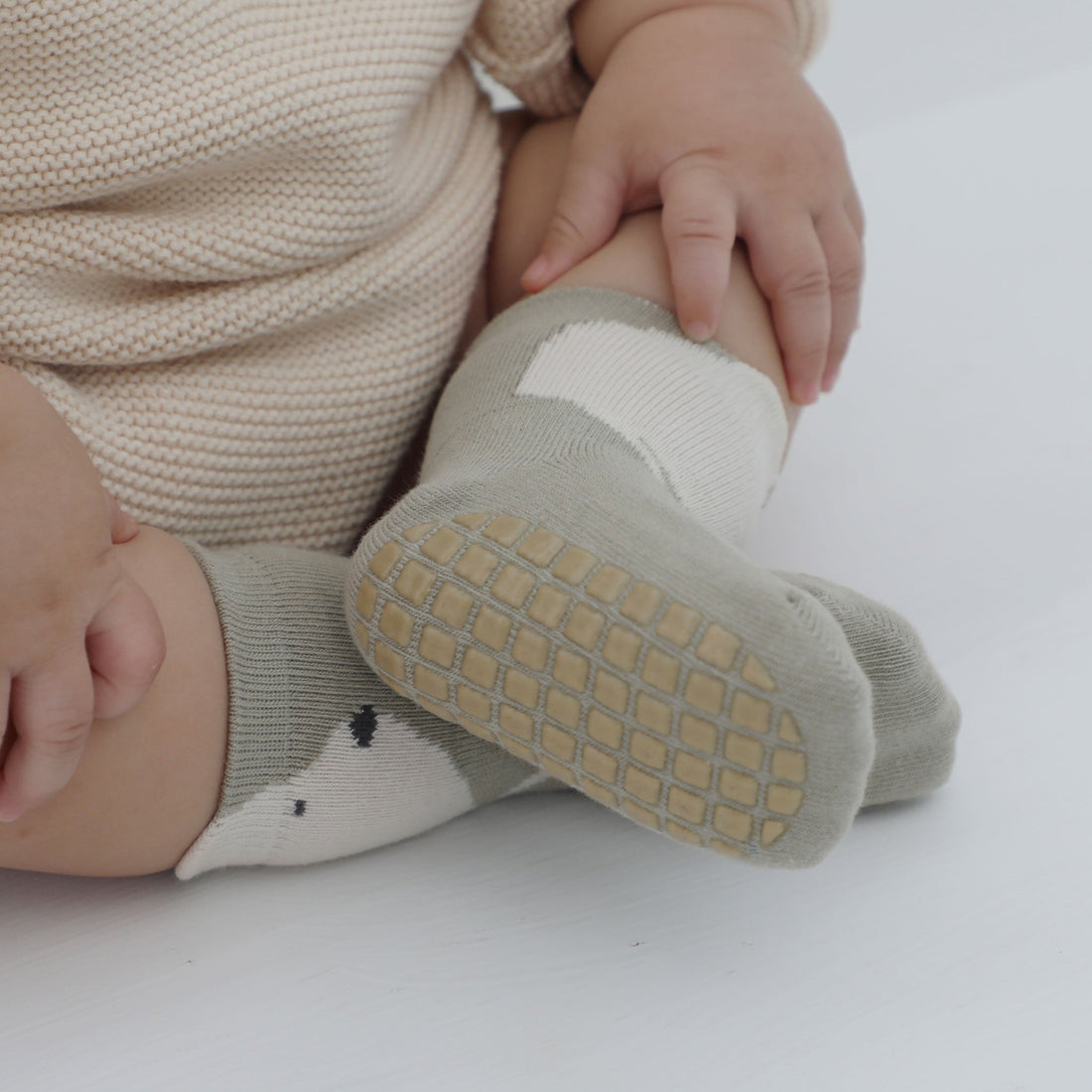Becoming a parent comes with its set of joys and worries. Among these, noticing flat feet in your toddler may trigger concern. But when should you really be concerned about your toddler's flat feet? Let's dive in, offering practical advice and tips for parents and guardians of little ones over six months of age.
Understanding Flat Feet in Toddlers
Flat feet, or fallen arches, are common in babies and toddlers. In fact, all infants have flat feet at birth; arches develop as they grow. Typically, this development occurs as they start walking and their foot muscles strengthen. However, by the age of six months, you might start to wonder about the shape of your baby's developing feet.
Notice if your toddler's feet only appear flat when they stand, as some children have flexible flat feet, meaning their arches show when they're sitting or on their tiptoes but disappear when standing. This is usually normal and often improves as they grow older. Concern arises if your child appears to be in pain, avoids walking, or has an uneven wear on their shoes.
Encouraging Healthy Foot Development
Encouraging active play can support the natural strengthening of your child's foot muscles. Allow your toddler to walk barefoot indoors on different surfaces. This barefoot time helps improve balance, strength, and coordination, aiding in the natural development of foot arches.
When outdoors or for protection, choose well-fitting baby socks that stay on, such as non-slip infant socks. These provide traction and encourage more confident steps, especially on slippery surfaces. Toddlers are more likely to explore and stay active when they feel stable and secure on their feet.
Choosing the Right Footwear
When it comes to footwear, the right support is crucial but often misunderstood. Toddlers do not necessarily need thick, arched support in their shoes or socks, especially when indoors. Instead, look for toddler socks with grips, like those from LittleYogaSocks, which can provide the necessary traction without constraining the natural development of their feet.
For outdoor shoes, opt for flexible, flat-soled shoes that allow for natural foot movements. They should be snug but not tight, with room for the toes to move freely. Shoes and socks that stay on, without being overly restrictive, support healthy foot development and help in the transition from crawling to walking.
When to Seek Professional Advice
Consult a pediatrician or a podiatrist if your toddler's flat feet are accompanied by stiffness, reduced mobility, or pain. These could be signs of an underlying condition requiring professional attention. Regular check-ups can ensure that your child's feet are developing normally and catch any issues early on.
Finally, remember that each child develops at their own pace. While flat feet can be a normal part of development, staying informed and vigilant ensures your toddler can run, play, and explore without discomfort.
LittleYogaSocks is dedicated to enhancing the playful and active lives of toddlers. With a focus on grip, quality, and adorable designs, our socks are designed to let kids be kids — without slipping. They combine safety with style, ensuring that your little one can explore every corner of the world with confidence and charm.
Get your toddler socks with grips now and give your child the joy of secure, carefree steps.
